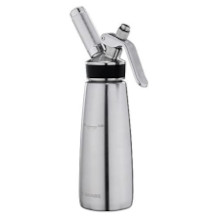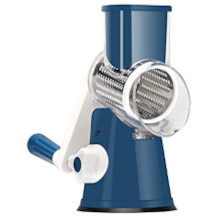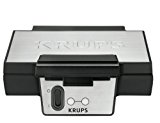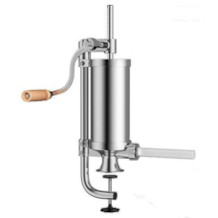Power blender purchasing advice: how to choose the right product
- What You Need to Know
- A high-performance blender is basically a stand mixer with a power of at least 1,000 watts.
- It is perfect for preparing smoothies, soups, dressings, purees and ice cream.
- The powerful motor can handle just about any food. However, the noise level is high.
- Depending on the model, either sharp blades or blunt beater blades are used for chopping.
- The high-performance blender should be cleaned thoroughly after each use.
A stand mixer with panache
Blenders are part of the standard equipment of a complete kitchen. They are versatile: smoothies, protein shakes and dressings, among other things, can be prepared in them. Stand mixers and hand blenders are the most common. These two types are usually inexpensive and take up little space, but they can process most ingredients.
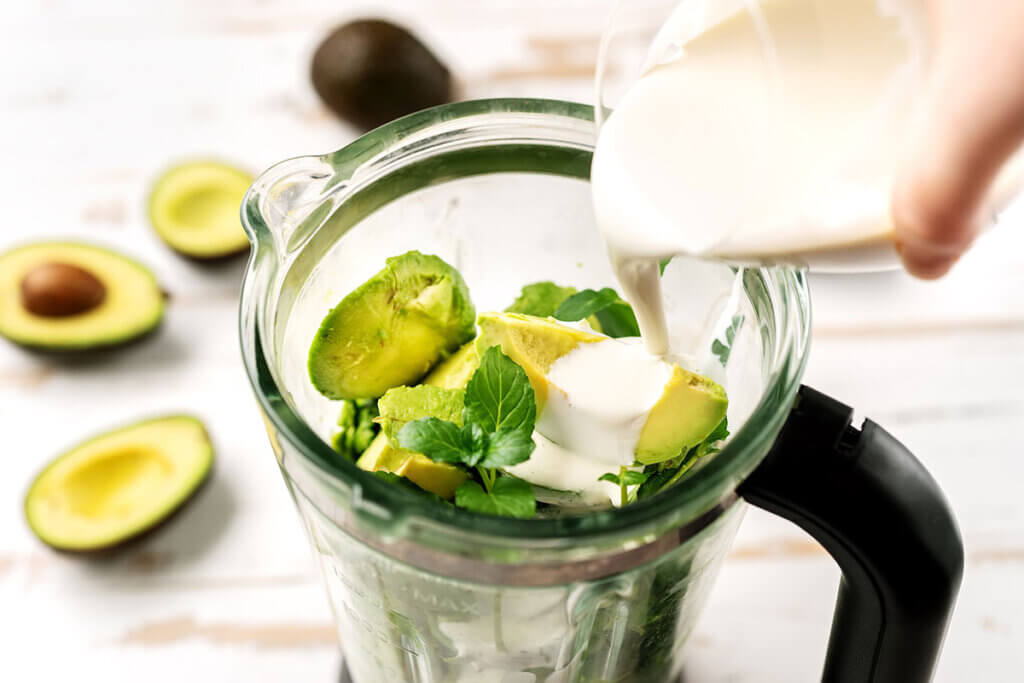
But conventional blenders can’t do everything. For some harder foods, they lack the motor power. If you really want to blend everything, you need a high-performance blender. It is true that high-performance blenders resemble stand blenders in appearance. However, while stand mixers do not exceed 1,000 watts, the power of high-performance mixers only starts at this wattage. The high motor power also leads to a higher speed. Even nuts, ice and fibrous vegetables are finely chopped into a homogeneous mass. This is why these appliances are mainly used in the catering industry, where a variety of ingredients and speed are important. After all, high-performance blenders are much faster than stand mixers or hand blenders and have several programmes. On the other hand, they often take up more space, are heavier and cost considerably more. You will hardly find a high-quality model for less than 300 euros.
Pro points
- High motor power
- Particularly fine, homogeneous result
- Suitable for more foods than conventional blenders
- More programmes
- Very fast processing
Drawbacks
- Expensive
- Heavy
- Often bulky
Construction of a high-performance blender
In terms of design, high-performance blenders are almost indistinguishable from stand mixers. As a rule, however, the former have several controls or can be adjusted more precisely than blenders with only an on-off button or a control dial. In addition, high-performance blenders often come with a pestle or tamper with which users can stir the contents during blending. The basic equipment of such blenders includes
- A glass or plastic container with a handle,
- a stainless steel blade,
- a lid, possibly with an opening for the pestle,
- and the base or stand, which includes the motor, the controls and the mains cable.
What a high-performance blender mixes
There is hardly anything that a high-performance blender cannot blend. Where simple blenders fail, it whirls its blades around for a few seconds and the contents become a pulpy mass. It is therefore always used when a wide variety of foods need to be finely chopped.
Drinks
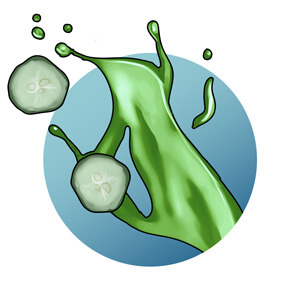
Whether it’s a vitamin-, antioxidant- and fibre-rich smoothie for a nutritious breakfast or a protein shake for muscle building, with a high-performance blender you can chop up any fruit and vegetable in no time. Provided there is enough liquid, for example in the form of water or milk, it becomes a drink. For healthy fruit drinks, the devices are even better suited than juicers, as fibres also get into your drink with the juice.
Thick soups and mush

High-powered blenders are ideal for pureeing. A hand blender can handle the cooked potatoes for potato soup. However, the hard, fibrous root vegetables that also belong in such a soup are not so easy to process. However, carrots and leeks are no challenge for a high-performance blender. Not only soup can be pureed in such a blender: Hummus or almond puree are also just a touch of a button away.
Sauces and dressings

Whether it’s just egg and oil for a mayonnaise or any other ingredients, the high-performance blender turns everything into a homogeneous mass. It also chops fine herbs for the dressing without leaving any large pieces behind. The same applies to vegetables such as onions or garlic. Pine nuts and grated cheese for a delicious pesto are chopped just as quickly. The only limits to fancy dressings and sauces are your imagination and the availability of ingredients.
Ice cream
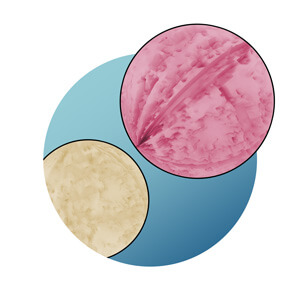
Even for a refreshing fruit ice cream, nothing stands in your way. After all, high-performance blenders are capable of crushing ice. All you need is frozen fruit of your choice and some milk. Put the fruit in the blender and chop it. If it can’t be sweet enough, add a little sweetener. Once the fruit is chopped, you can pour in the milk and continue blending until the desired consistency is reached.
It all depends on the power
The line between a stand mixer and a high-performance mixer is somewhat blurred. However, many, including Stiftung Warentest, draw it at a power of 1,000. Usually, the power reaches up to about 2,000 watts, and some models even reach 2,500 watts. The stronger motor power enables such blenders to process several ingredients faster and finer.
Speed
The speed depends on the motor power. It is true that power in watts and in revolutions per minute are not one-to-one dependent on each other. Nevertheless, the speed usually increases with the wattage. The latter is usually between 20,000 and 30,000 revolutions per minute. Power winners can even reach 40,000 revolutions per minute. For your safety, it is advantageous if the blender has suction cups so that it does not shift despite the high speed.
Arnold Schwarzenegger’s protein shake
Bodybuilder icon Arnold Schwarzenegger swears by his protein shake recipe: a glass of almond milk, a shot of cherry juice, a banana and some protein powder. Now all that’s missing is the secret ingredient, a whole raw egg with shell. A good quality blender should ensure that the shell is completely crushed so that no pieces of shell remain. According to Arnie, a shot of schnapps can also be added, depending on the mood. Cheers!
Power consumption
The more watts, the higher the power consumption. The power of the appliances is reflected accordingly in the electricity bill. However, power consumption also depends on how you use the appliance. For example, you do not always have to set it to full speed if fewer revolutions are sufficient. In addition, the length of use is a decisive factor for the electricity bill. After all, high-performance blenders chop ingredients much faster than standard stand mixers.
Volume
High-performance blenders are very loud. The noise level can vary depending on the speed and content. Chopping nuts at 30,000 revolutions, for example, is louder than chopping fruit at 20,000 revolutions. It will be loud in any case. Most blenders have a volume of between 80 and 90 decibels. This is roughly equivalent to the noise of a lawn mower.
Other purchase criteria
It is true that performance is the most important factor when it comes to high-performance blenders. However, safety and convenience also play a role. The programme variety, operation and container material, for example, are also relevant.
Convenience and usability
High-performance blenders are usually larger and heavier than simple stand mixers. However, this is not necessarily a disadvantage. They do take up more space on the kitchen counter, but with increasing size comes a larger capacity: usually between 1.5 and 2.5 litres. Then you can blend smoothies for more than one or two people, for example. The weight – usually between 4 and 10 kilograms – does make transport a little heavier. At the same time, however, it provides stability at a very high speed.
The shape of the container has a great influence on the blending result. As a rule, high-performance blenders are either square or cylindrical. The blades of the blender create a vortex when rotated quickly. In the corners of the blender, the torque of the contents is slowed down a little so that the ingredients fall back down into the blades and are processed evenly. For the same reason, some cylindrical containers have notches. For cylindrical containers without notches, a pestle should be included to help with stirring.
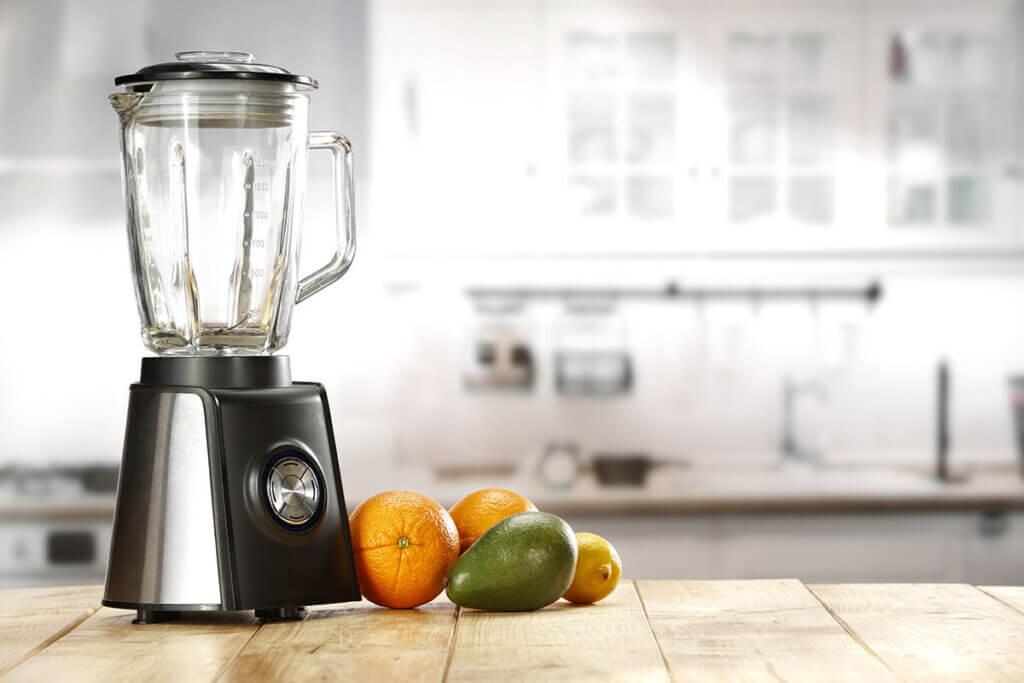
It is also important that the appliance allows some settings. On the one hand, this requires various programmes and, on the other, extensive controls. Strictly speaking, the power must be adjustable. Certain functions such as the smoothie, crushed ice and pulse functions are particularly popular among users. To set the programmes, you need a user interface. Buttons, dials or a touchscreen fulfil this purpose. Only an on-off button, as with some simple stand mixers, is not sufficient.
Blades: sharp or blunt?
The blender blade is usually made of stainless steel and is located in the lower part of the container. The motor drives it, so it rotates very quickly. If used continuously for a very long time, the blade can heat up. There are two different types of blades that a blender can be equipped with: sharp crossed blades and blunt beater blades.
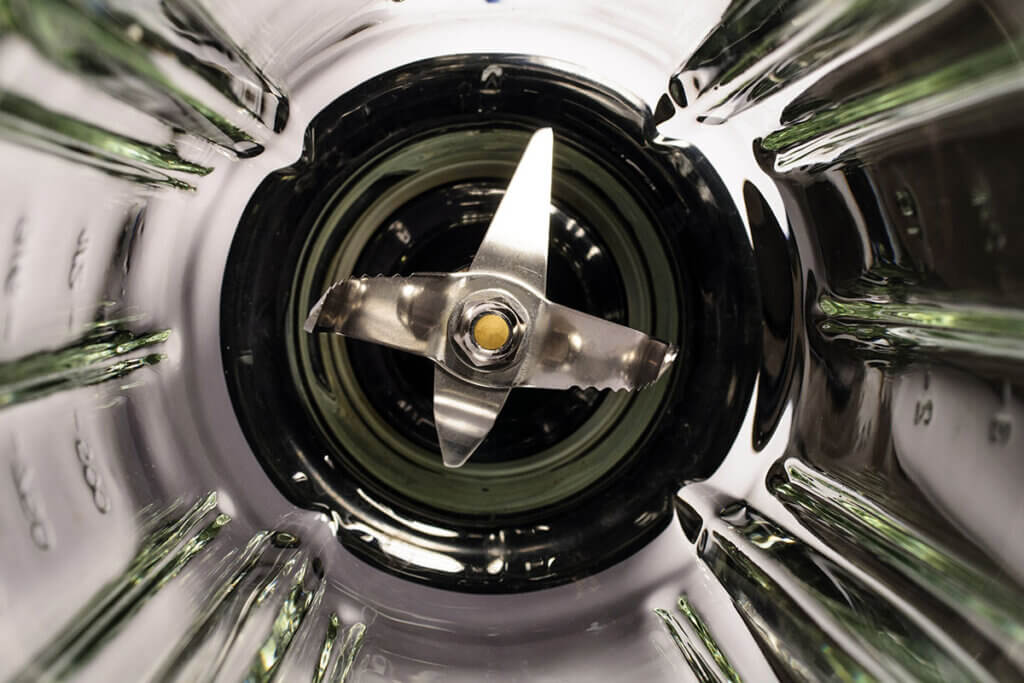
Sharp crossed blades
Sharp crossed blades create a vortex so that all ingredients are processed evenly. There are usually four to eight such blades, pointed in all directions. The sharp blades chop the contents particularly finely, even at lower speeds. However, there is a certain risk of injury with them, for example if you reach in to scrape out the last bits from the bottom of the container. In addition, the blades can become blunt after long use.
Pro points
- Uniform processing thanks to whirling effect
- Effective even at lower speed
- Very fine result
Drawbacks
- Risk of injury when removing due to sharp blades
- Wear possible
Dull beater blades
Blunt beater blades usually look like propellers, but their ends are pointed upwards to create the swirl effect. These beater knives do not have sharp blades. It is true that they do not crush as finely as sharp blades. However, thanks to the motor power, you can pulverise hard contents without having to cut them up. For this, effective use requires a slightly higher speed than is the case with models with sharp blades. Many users report a slightly more intense taste with such knives. Presumably, more flavours are released when pulverising than when cutting. Moreover, when the device is switched off, you can even reach in with your fingers without risking injury. This is not the case with sharp blades. However, when the appliance is running, percussion blades are just as dangerous as blades.
Pro points
- Uniform processing thanks to whirling effect
Effective pulverisation of the contents
No risk of injury
More intense taste - No wear and tear
Drawbacks
- Higher speed required
- Not as fine a result as with sharp blades
The material of the container
The containers of high-performance blenders are made of either glass or plastic. Glass is particularly easy to clean, free of harmful substances and tasteless. However, the material is much heavier than plastic. The biggest disadvantage is that glass can shatter at very high speeds, which not only makes the appliance unusable, but also poses a risk of injury. That is why most manufacturers prefer plastic, more precisely the high-quality, robust and BPA-free (bisphenol A) titanium plastic.
Cleaning tips
All parts of the blender that come into contact with food should be cleaned after each use. Otherwise germs and mould will quickly form. Depending on the model, there are various ways to do this. It is important to let the components dry after each cleaning before you reassemble and store the blender.
The easiest way is to let the high-power blender do the cleaning. Fill the container about halfway with water, add some washing-up liquid and switch on the blender for about 15 seconds. Then rinse the container several times until no more foam is visible.

If your blender can be taken apart, you can clean the components to be washed in the dishwasher. This includes the container, the blade, the lid and, if necessary, the pusher. To ensure that the components are dishwasher safe, you should consult the manufacturer’s instructions. Alternatively, you can clean each part by hand.
Last but not least, residues that are difficult to dissolve can also be removed with baking soda or baking powder. Fill the container with water until the blade is completely covered. Add a little baking soda or baking powder and let the blender soak for a few hours. Rinse the container with water afterwards.
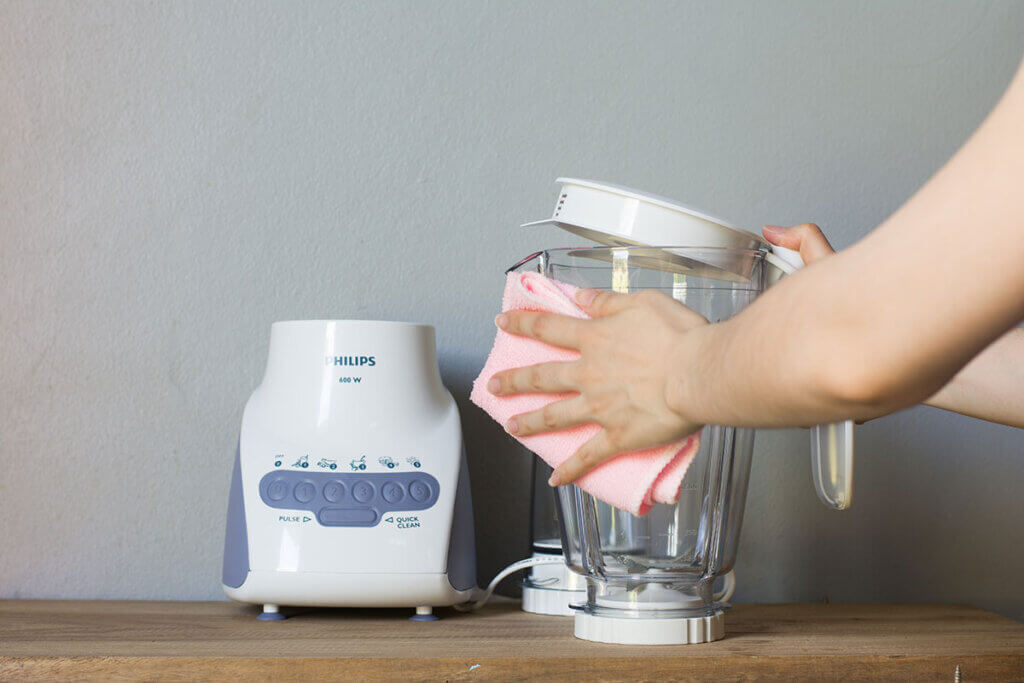
You can wipe other surfaces such as the stand with a damp cloth as needed. Never hold the electronic components under water.

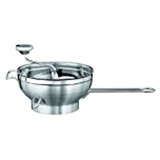
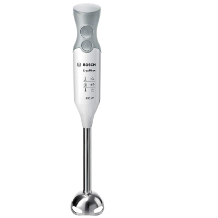
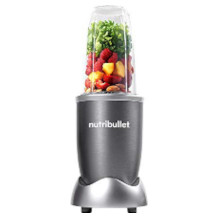
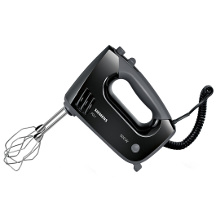
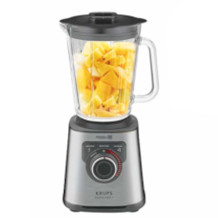
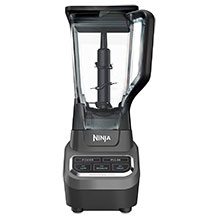
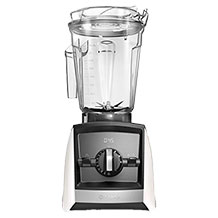

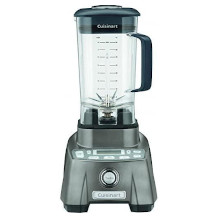
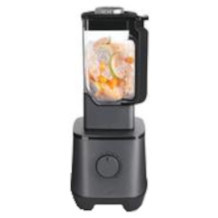
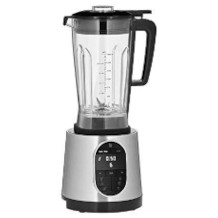

 96,069 reviews
96,069 reviews

